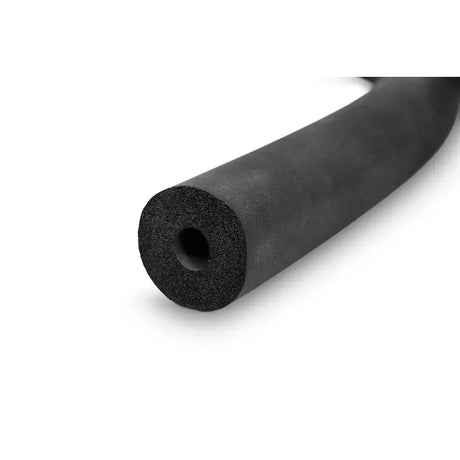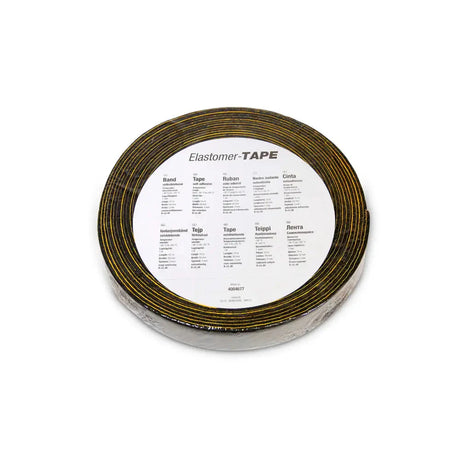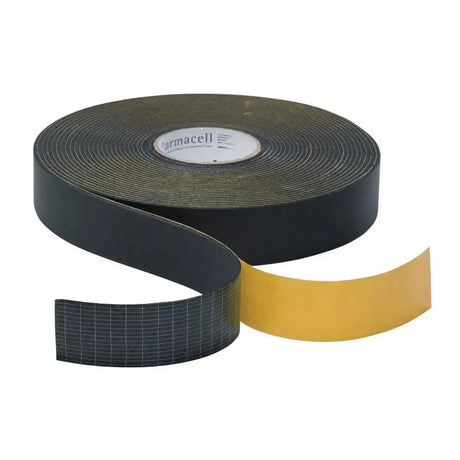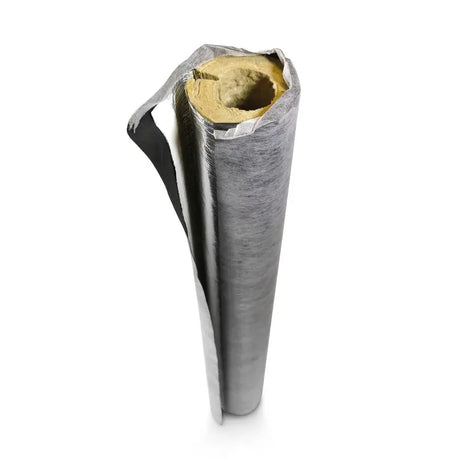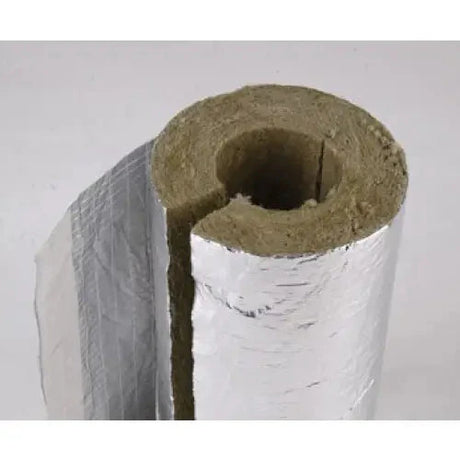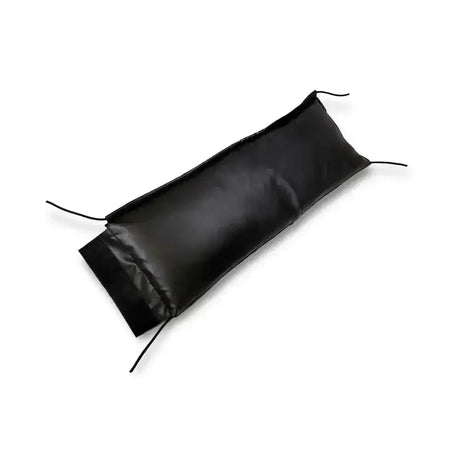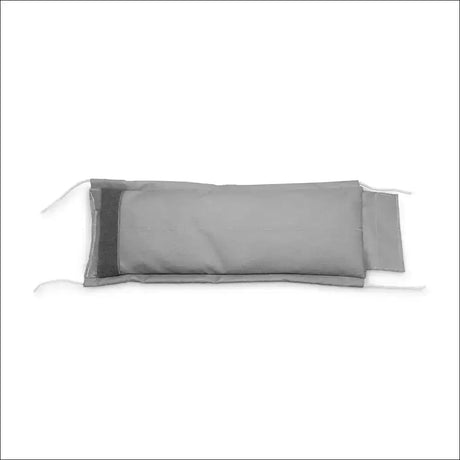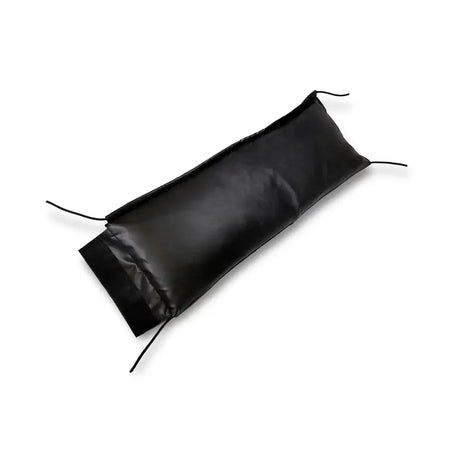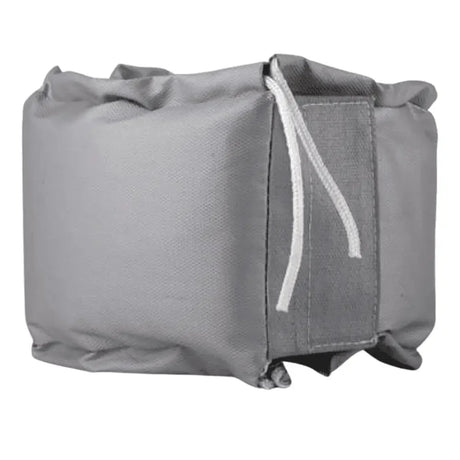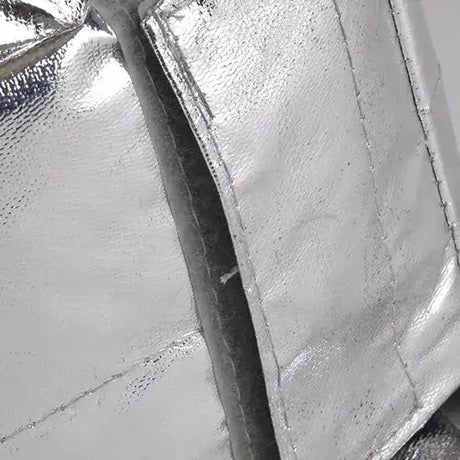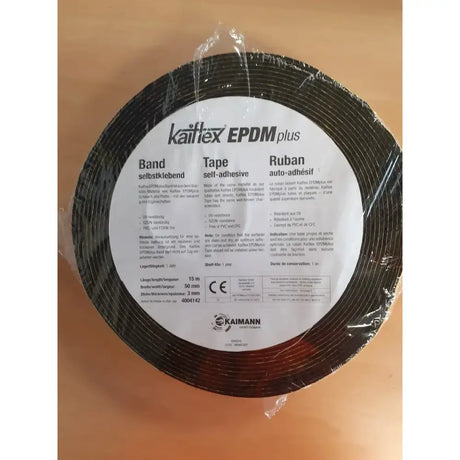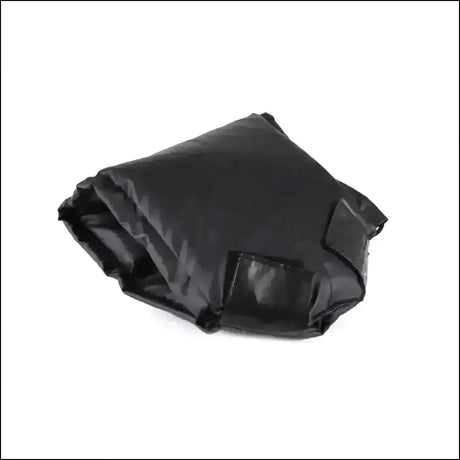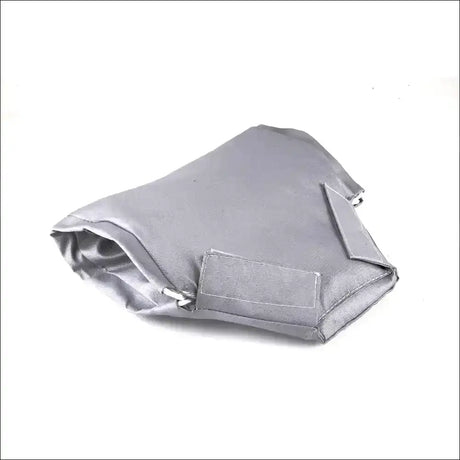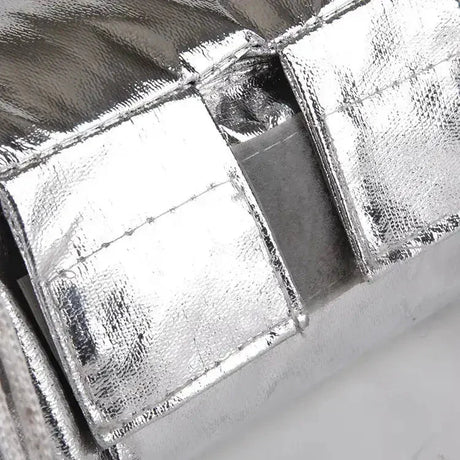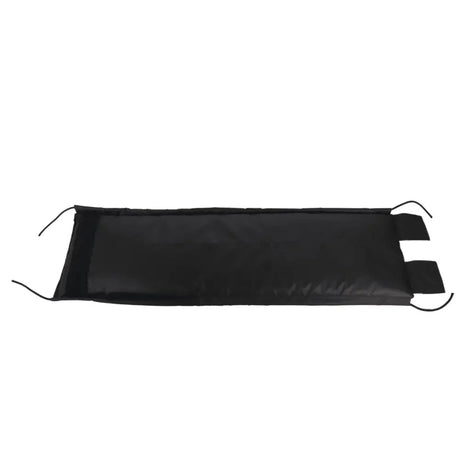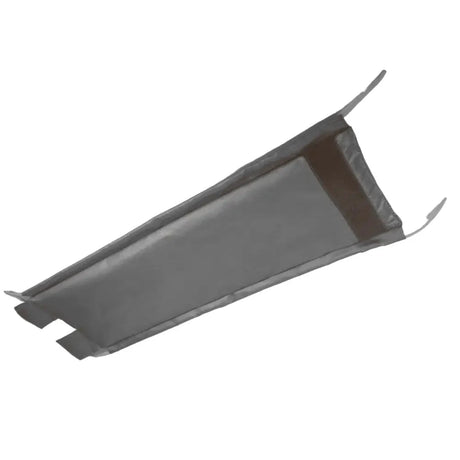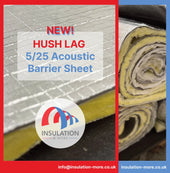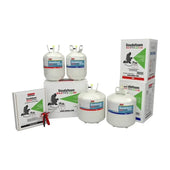From the coldest depths of winter to the heat of summer, efficient insulation is a key part of any UK building. Be it residential homes or commercial structures, insulation is vital in maintaining interior temperatures and energy efficiency. But beyond these well-known benefits, did you know that insulation plays a crucial role in mould prevention? This article explores how different insulation types, such as pipe insulation, duct insulation, or sound proof insulation, can help to ward off the threat of mould in your property.
What Causes Mould?
Mould is a pesky fungal growth that thrives in damp and poorly ventilated areas. Common causes include:
- Excess moisture
- Poor ventilation
- Lack of sunlight
- Warm temperatures
Frequently, these conditions occur due to ineffective insulation or the absence of it altogether.
The Link between Insulation and Mould
The relationship between insulation and mould lies in the moisture control that effective insulation provides. Proper insulation reduces condensation on cold surfaces by creating a barrier between the cold outdoor air and the warm interior air. This not only preserves heat but also prevents the formation of water droplets that could otherwise lead to mould growth.
The Role of Pipe and Duct Insulation
Pipes and ducts often act as a bridge, transporting cold air from outside into the warm interior of a building. Without proper pipe and duct insulation, this can lead to condensation and ultimately, mould growth.
For instance, rubber pipe insulation can effectively reduce heat loss while preventing condensation, thus mitigating the risk of mould. Similarly, fibreglass pipe insulation and foam pipe insulation serve the same purpose, each offering unique benefits.
The Role of Sound Proof Insulation
Beyond regulating temperature and preventing moisture, insulation also plays a role in soundproofing. Soundproof insulation not only reduces noise but can also help to control humidity levels and prevent mould growth.
Materials like rockwool insulation or acoustic insulation for pipes and ducts are particularly effective in this regard. They help reduce noise while simultaneously acting as a barrier against excess moisture.
The Importance of Insulation Cladding
In addition to the insulation itself, cladding materials such as aluminium, aluzinc, and PIB Polyisobutylene are important components in preventing mould growth.
These materials provide an extra layer of protection, aiding in moisture control and preventing condensation on the surface of the insulation. Furthermore, they enhance the overall durability and longevity of the insulation, making it a worthwhile investment.
Choosing the Right Insulation for Mould Prevention
The choice of insulation for mould prevention depends on your specific needs and the nature of the building. Factors to consider include:
- The type of building (residential, commercial, industrial)
- The climate of the location
- The function of the space (e.g. living area, warehouse, server room)
- The type of heating system
To understand which insulation material is best suited for your needs, you may want to refer to this blog post, Comparing Standard Nitrile Rubber Insulation Materials: Armaflex Vs Kaiflex.
In Conclusion
Effective insulation is more than just about temperature control and energy efficiency; it plays a crucial role in mould prevention. By choosing the right insulation and cladding materials for your specific needs, you can create a healthier and more comfortable environment.
Remember, the cost of suitable insulation is far less than the potential health risks and property damage that can result from unchecked mould growth. It's an investment in comfort, safety, and peace of mind.


